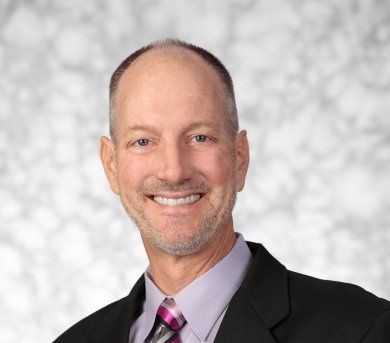Originally published in the Fresno Bee.
By Dr. Tom Utecht, Chief Medical and Quality Officer of Community Medical Centers.
Week by week, we see the intensity of debate escalate about whether local businesses should reopen, or maintain restrictions. From my medical and hospital perspectives, it’s a vexing question.

Doing what’s best for the patient is always at the core of our decision-making. Most often, that makes the path clear. But with COVID-19, we’re in uncharted waters. In my three decades as a physician, few situations have been more uncertain.
One problem is the infection numbers, which differ widely from region to region. Fresno County certainly isn’t near the top in numbers of COVID-19 cases, but we’re also not near the bottom. Right now, the number of COVID-19 cases in our region continues to rise — doubling about every two weeks. Also increasing is the number of COVID-19 patients admitted to our hospitals.
Another confounding issue is that, medically speaking, much about this virus remains a mystery. What is the most effective way to treat infected patients? How long can the virus live in different settings? What are the nuances of its damaging effects? Will its highly infectious nature be affected by seasons? Can it be transmitted by animals? By water? Can a truly effective vaccine be developed? As each of these mysteries are solved, guidance changes — which can be confusing to folks.
In the Valley we’ve had the benefit of learning from the spread of COVID-19 in other countries, states and cities. That’s helped us to be proactive with local safety measures, and I’m convinced those measures have slowed the spread of the virus and saved many Fresno-area lives.
All this might suggest a highly conservative, stay-the-course approach into the summer.
But I also understand the financial and personal devastation that can result from months of sheltering in place and the long-term closure of businesses, churches and schools. When I think of what’s best for our patients — some of whose quality of life is suffering as they await surgery or are afraid to visit the emergency department — I, too, look forward to resuming more normal operations as quickly as possible.
The economic effects of this pandemic on hospitals have been significant. Since mid-March, Community Medical Centers’ hospitals have performed 5,000 fewer surgeries and other medical procedures than our average for this time of year. Drastically reduced patient numbers force us to reduce hours for many of our employees. At the same time, we’re spending millions in unanticipated expenses for additional ventilators, COVID-19 testing equipment and supplies, and the skyrocketing costs of personal protective equipment that’s in high demand. This only adds to the volatility of an already financially stressed health-care industry.
At Community Medical Centers, we are preparing on two different but parallel tracks: one is a potential surge in patients suffering from the effects of COVID-19, while the other is relatively quick resumption of non-emergent surgeries and procedures. The track we will actually travel is most likely a slow and deliberate one, somewhere in the middle. Similar to other industries in our area, we are on a “dimmer switch” approach right now — gradually and methodically monitoring the effects of reopening our traditional services and community activities, as safely as possible.
A silver lining in all of this is that the medical community has aligned like never before. We are collaborating, learning from each other, and sharing resources so that we can combat COVID-19 as one highly capable health-care system. I’m confident in our approach and our early track record of managing this unprecedented situation. Now we must build on our success and meet carefully selected milestones to help us return to a normal state safely — or perhaps a “new normal.”
